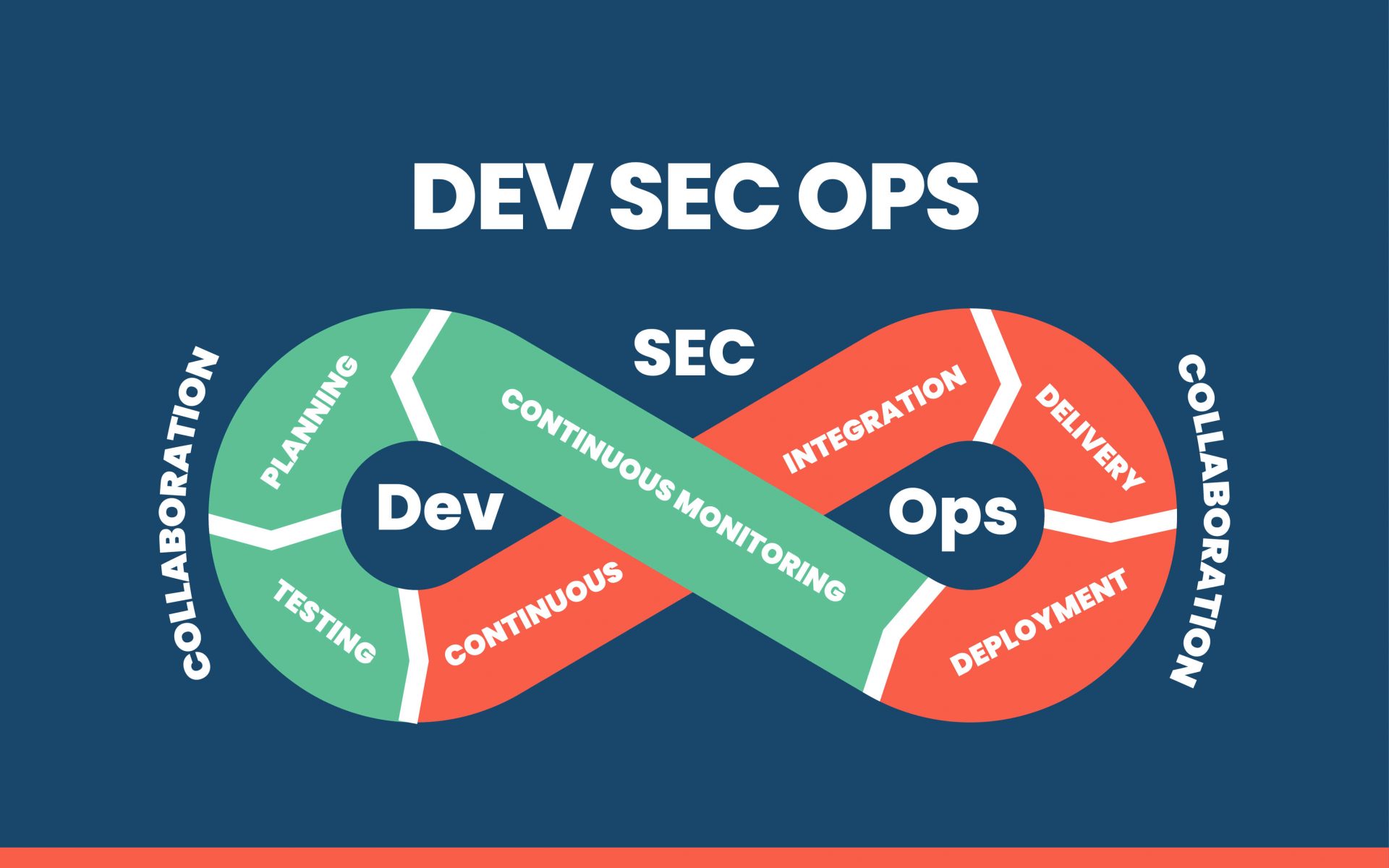Blogs
To know about all things Digitisation and Innovation read our blogs here.
Data Transformation
DevSecOps – The Most Sought-after Secured Integration Practice
SID Global Solutions
30 January 2023

DevSecOps is the process of incorporating security procedures across the whole software development lifecycle. Instead of waiting until the end of the process or after deployment, the aim is to identify and reduce security issues as early as feasible in the development cycle. This may be done by including security testing and analysis tools into the development pipeline and enlisting security professionals in the development process.
Best Practices in DevSecOps
DevSecOps is the integration of security practices into the software development process. Some best practices in DevSecOps include:
- Embedding security into the software development lifecycle: Security should be integrated into every stage of the development process, from design to deployment.
- Automating security testing: Automating security testing helps to identify vulnerabilities early in the development process, when they are cheaper and easier to fix.
- Implementing a secure code review process: Code reviews are an effective way to identify and fix security vulnerabilities.
- Using threat modeling: Threat modeling helps to identify potential security threats and design controls to mitigate them.
- Continuous monitoring and incident response: Continuously monitoring the production environment can help to detect and respond to security incidents quickly.
- Collaboration and communication between development and security teams: Development and security teams should work together to ensure that security is integrated into the development process and that any security incidents are handled effectively.
- Using security tools and technologies: Using security tools and technologies can help to automate security testing and monitoring and detect vulnerabilities in the code.
- Keep the team trained on security: Regularly training the development team on security best practices can help to ensure that they are aware of the latest security threats and how to avoid them.
- Regularly testing and updating security measures: Regularly testing and updating security measures can help to ensure that they are effective in detecting and responding to security incidents.
- Compliance and Governance: Adhering to regulatory and industry standards for security and data privacy is a critical aspect of DevSecOps.
Also Read: Successful Digital Transformation Strategies Focus on People, Not Technology
Technology Stack Used in DevSecOps
- DevSecOps relies on a variety of technology tools and platforms to integrate security into the software development process. Some of the most commonly used technology stack in DevSecOps include:
- Source code management (SCM) tools such as Git, SVN, and Mercurial, which are used to manage and track changes to the codebase.
- Continuous integration (CI) and continuous delivery (CD) tools such as Jenkins, Travis CI, and CircleCI, which are used to automate the building, testing, and deployment of code.
- Containerization tools such as Docker and Kubernetes, which are used to package and deploy applications in a consistent and secure environment.
- Security testing tools such as OWASP ZAP, Burp Suite, and Nessus, which are used to automatically scan for vulnerabilities in the code and application.
- Security scanning tools such as SAST, DAST, and IAST, which are used to identify vulnerabilities in the code and infrastructure.
- Code review tools such as SonarQube, CodeClimate, and Checkmarx, which are used to review code for security vulnerabilities.
- Compliance and Governance tools such as AWS Config, Azure Policy, and GCP Security Command Center, which are used to monitor and enforce compliance with security and regulatory standards.
- Vulnerability Management tools such as Qualys, Nessus, and OpenVAS, which are used to scan and identify vulnerabilities in the infrastructure.
- Identity and Access Management (IAM) tools such as Okta, Auth0 and AWS IAM, that provide the secure management of access to resources.
- Automation and Orchestration tools such as Ansible, Puppet, and Chef, which are used to automate the deployment and management of infrastructure and applications.
Benefits of DevSecOps include:
- Faster identification and resolution of security issues
- Increased collaboration between development and security teams
- More secure software, with fewer vulnerabilities
- Reduced costs associated with security breaches
- Improved compliance with security regulations
- More efficient use of resources by identifying issues earlier in the development cycle, which can be less expensive to fix than waiting until the end of the process.
Also Read: Why APIs are essential to successful digital transformation?
Conclusion:
DevSecOps is a culture change that emphasizes incorporating security procedures across the whole software development lifecycle. Its major objective is to lower the risk of security breaches and strengthen overall security posture. To guarantee that security is taken into account at every level of the development process, the adoption of DevSecOps methods necessitates cooperation and communication between the development, security, and operations teams. Organizations may enhance the speed and quality of their software delivery while maintaining the safety of critical data by emphasizing security.









